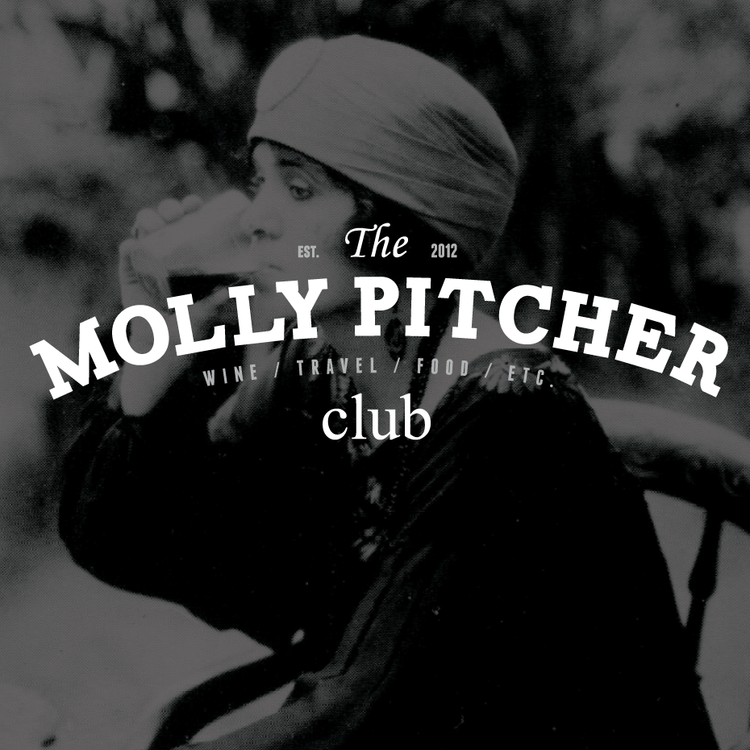What the Duck? Duckhorn Sues Duck Commander Wines
Pardon my pun - but it's a bad time to have a duck anywhere near your label. Several weeks ago, the prestigious Duckhorn wine company sued Duck Commander wines, owned by Wal-Mart and affiliated with the Duck Dynasty brand, for trademark infringement.
Photo Source via TMZ.
While this story is already out of the news cycle, I thought I would use this opportunity to nerd-out about wine law. A brief explanation of how most courts may examine this case will teach you a lot about the world of trademarks.
Accordingly to The Examiner, Duckhorn argues that Duck Commander ("Commander") infringed on their trademark rights, and diluted the Duckhorn brand, because consumers are confused by the two labels. The basic purpose of trademark law is to ensure that consumers can rely on marks to indicate the source of goods/services.
Here, Duckhorn claims that Commander's mark is unauthorized because of the likelihood that consumers will associate Commander's (arguably inferior) wines with Duckhorn and think that the wines are produced by, endorsed by or otherwise affiliated with Duckhorn. In order to make a determination as to whether there is a "likelihood of confusion" or not, the court does not engage in a side by side comparison. Instead, the court analyzes several key factors, including:
- The strength of Duckhorn's mark,
- The degree of similarity between the two marks,
- The proximity of the wines,
- Likelihood of "bridging the gap,"
- Evidence of actual confusion,
- Commander's good faith in adopting the mark (Intent),
- Quality of Commander's products, and
- Sophistication of consumers.
One of classic trademark case actually discusses these factors as applied to the wine industry. In E. & J. Gallo Winery v. Consorzio Del Gallo Nero (1991), the District Court actually held that Consorzio's use of the name "Gallo Nero" (meaning "Black Rooster" in Italian) did infringe on the E. & J. Gallo name based on the similarity of the products/marks. The court made some interesting points, including: the products are similar impulse purchases because "wine is wine" and sold in similar retails stores.
On the other hand, in Banfi v. Kendall-Jackson (1996), the court ruled on the same trademark infringement issue, within the same industry, and reached a different result. This case discussed the trademark, "COL-DI-SASSO" and held that there is no likelihood of confusion, despite it's use on both company's labels. Feel like this makes no sense - then you are on the right track! So how did the court get around the precedent set in E. & J. Gallo? In Banfi, the court held the products were not similar because while they were both sold in wine stores, they were sold "in different aisles, different regions and at different price points." Suggesting that the wealthier, or more sophisticated, buyers that purchased Kendall-Jackson, would be educated enough to notice the difference.
I would argue a similar result can be expected with the Duckhorn v. Duck Commander case. More skeptical wine writers even suggest that Duckhorn only brought the suit to gain some publicity from the recent coverage of certain Duck Dynasty cast members comments regarding the gay community. I'll leave that determination up to you!
Congratulations, you survived the first wine law post of 2014. If you want to read the full case opinions, the citations are below. Looking forward to your comments!
Cheers!
Gallo, 782 F.Supp. 457
Banfi, 74 F.Supp.2d 188





